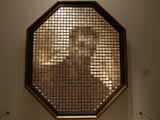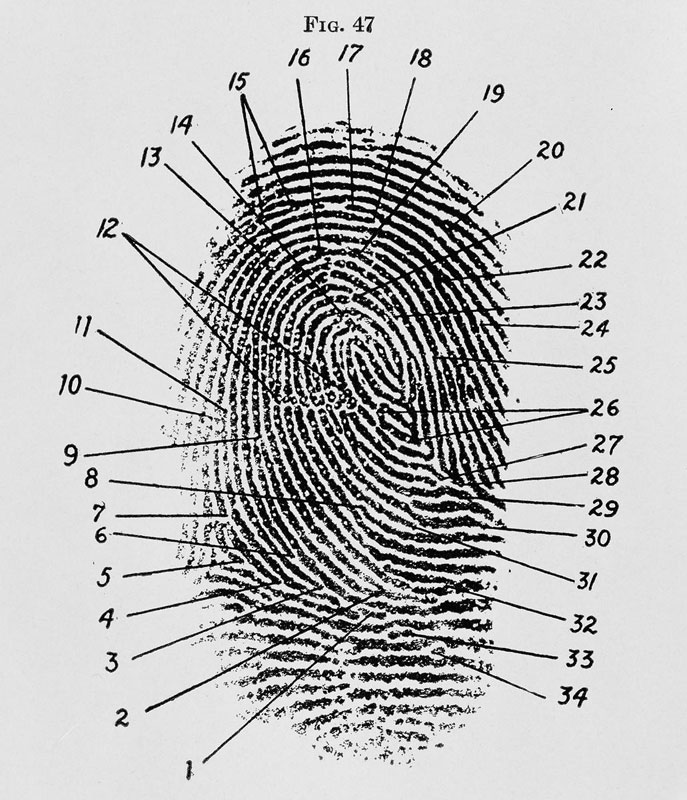The purpose of art is an arguable topic both between artists and critics of art. But does art
necessarily have to have a purpose? Is anything and everything art or are there distinct qualifications? In my opinion, I do not believe that art has to have a purpose, but rather it is the expression of someone or something through something else. A work of art can be meaningless garbage to one person and have a world of meaning to another. Art should make you think, make you question the world you live in, make you see something in a different light or from someone e
lse's perspective, make the ordinary
extraordinary. Art should transform you. Art should make you feel.
Context is also an important aspect of art. An object can be everyday in its normal context, however it may take on new meaning when placed somewhere it is usually not found. For example, Waldemar Januszczak writes in his essay, What Is Art For?, about Carsten Holler's slide installation at the Tate Modern Museum in London, England. In a playground or at an amusement park these slides would just be another really cool slide, however in the context of the Tate Modern these slides take on the idea of art. Januszczak explains, "At Tate Modern, an entirely different context, the slides affect a different audience in a different way. When a businessman pops out of his City office at lunchtime and has a go on Holler's slide, he is connecting with feelings of pleasure and dis-engagement that are alien to him in his usual daily context. Slides are generally for children. Not this one: this one is aimed specifically at the child within."
The definition of art is also one not determined by the creator. "Art can be made by any of us. It need not result in museum- quality work; it can be only an elaboration of an ordinary object" (Rosier, What is Art?). Art is a means of expression, no matter by whom. In conclusion, art is in the eye of the beholder, its purpose can be one thing for one person and hold a completely different meaning for someone else. Art is what you make it.














